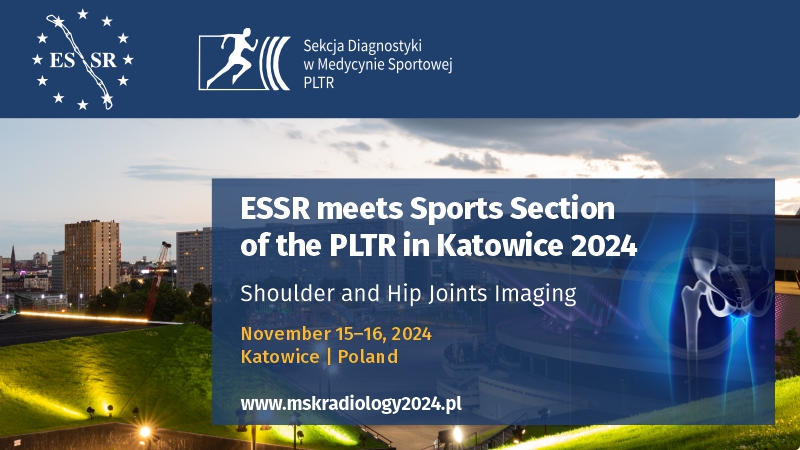Diagnostic role of gray-scale and shear-wave elastography in pediatric patients with undescended testes: a prospective controlled study
Ismail Yurtsever1, Seyma Yıldız1, Samil Amirjanov2, Can Yılmaz Yozgat3, Serdar Balsak1, Abdüsselim Adil Peker1, Bahar Atasoy1, Ahmet Berk Erol3, Ozlem Toluk4, İbrahim Aydoğdu2
 Affiliation and address for correspondence
Affiliation and address for correspondenceAim: Ultrasound elastography is a simple non-invasive method for measuring tissue elasticity in relation to tissue fibrosis. The aim of this study was to compare echogenicity, volume and shear wave velocities of undescended vs normally descended testes. Material and methods: Sixty-six boys with undescended testes were included in this study. The median age range was 35.5 (10–118) months old. The cases included in this prospective study consisted of 66 patients with non-operated undescended testes, with 51 of them being affected unilaterally and 15 affected bilaterally, as diagnosed by physical examination. The control group consisted of 31 healthy boys without any particular health problems. This prospective study was performed by gray-scale ultrasonography and shear wave elastography in boys with undescended testes and healthy testes. The testicular volumes were established by ultrasound measurement, the echogenicity and shear wave elastography values were measured in boys with unilateral and bilateral undescended testes, and the results were compared with healthy boys’ testes and their contralateral testes. The stiffness values were recorded for speed (m/s) and elasticity (kPa), and the stiffness values of undescended testes were compared with the healthy control group. Results: Echogenicity values were lower in the bilateral undescended testes group than in the healthy group, and the healthy group’s echogenicity was normal (p <0.001). The ROC curve was used to identify a cut-off shear wave elastography value for predicting decreased testicular echogenicity by using average shear wave elastography values. The area under the curve for the undescended testes was 0.78 (95% CI: 0.70–0.85, sensitivity 83.7%, specificity 68.7%, p <0.001), with an average shear wave elastography value of 2.32 (m/s) for above the cut-off point indicates. This was found to be significantly associated with reduced echogenicity on gray-scale ultrasonography, suggesting that it may be correlated with fibrosis developing in patients with undescended testes. Conclusion: The study provides interesting findings in that it proposes an alternative non-invasive method for the assessment of testicular tissue in undescended testes. We used shear wave elastography to compare the stiffness of normal testes in both heathy patients and in the contralateral healthy testes of boys with undescended testes, with the values obtained for the undescended testes reflecting the level of fibrosis of the parenchyma. Another outcome of this study was observed in patients with unilateral undescended testes, where the normally descended testes showed increased shear wave elastography values, which could be an early indication of parenchymal change.








